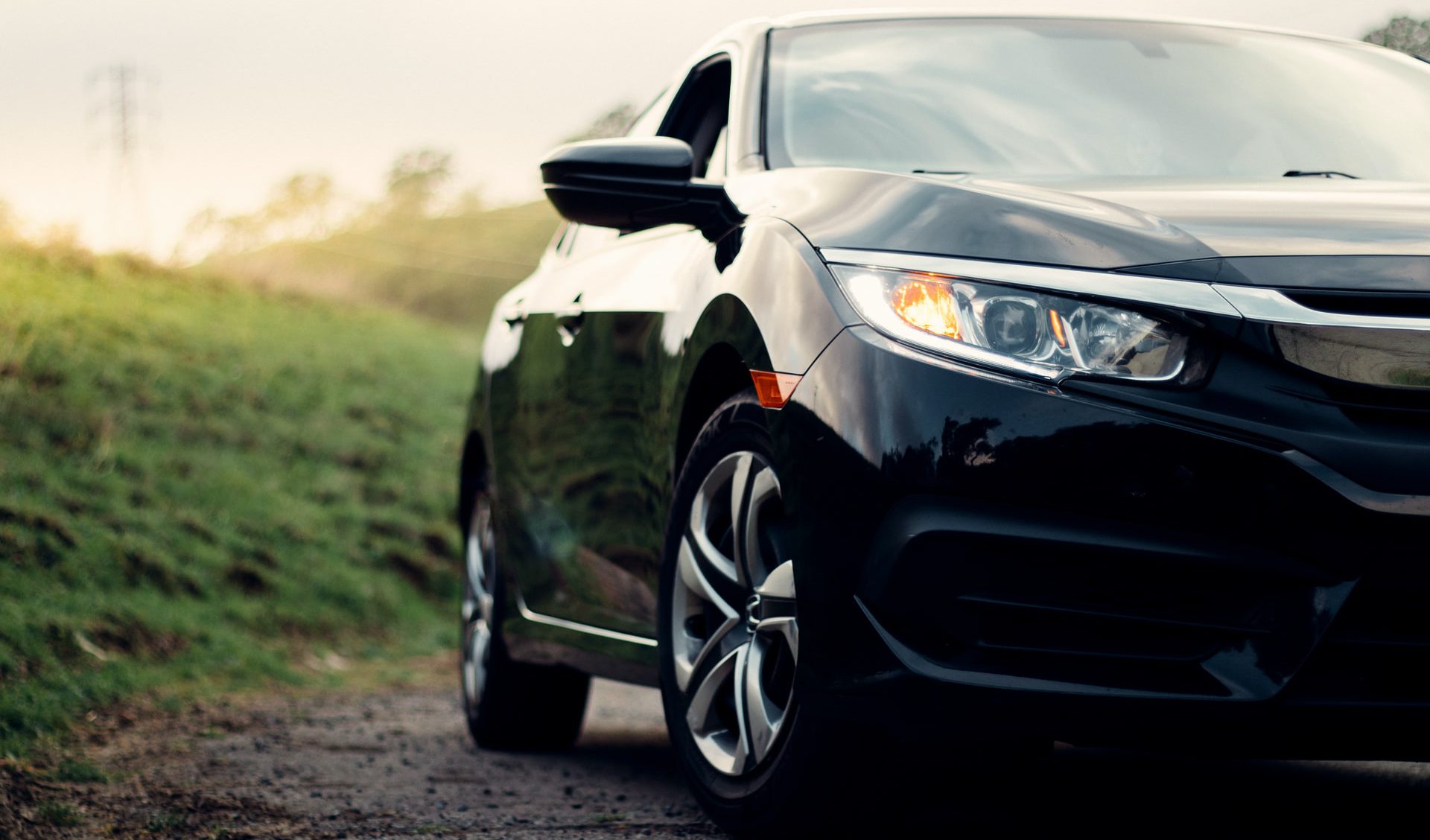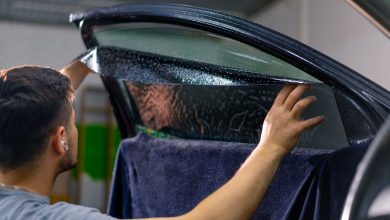Top 5 Reasons for Accidents in Singapore
Getting into an accident can be a really scary and troubling experience. Not only can it cause serious damage to your car, but it can also cause injury or even death. On top of that, if an accident involves a foreign vehicle, causing an injury, death or damage to public property, you would need to report it to the police.
They say prevention is the best cure. So, we’ll take a look at the most common mistakes and reasons for accidents, and share some tips on how you can avoid them. Even if you have never gotten into an accident, it’s always better to be safe than sorry.
Top 5 Reasons for Accidents
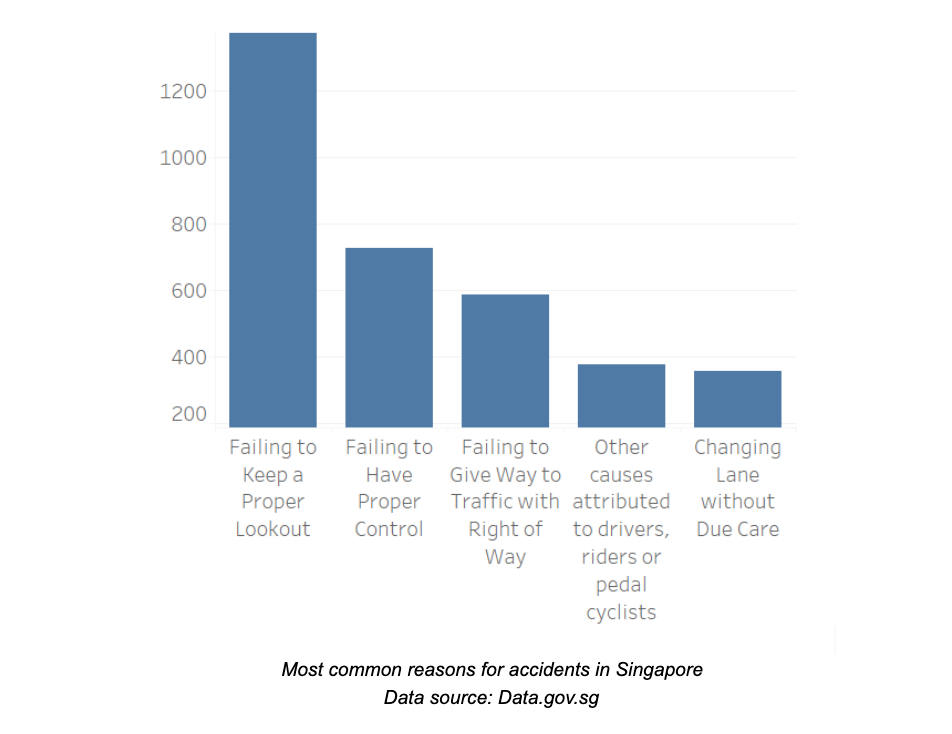
1. Failing to Keep a Proper Lookout
This may be a surprise to some, but taking number 1 in our list of top 5 reasons for accidents is… failing to keep a proper lookout.
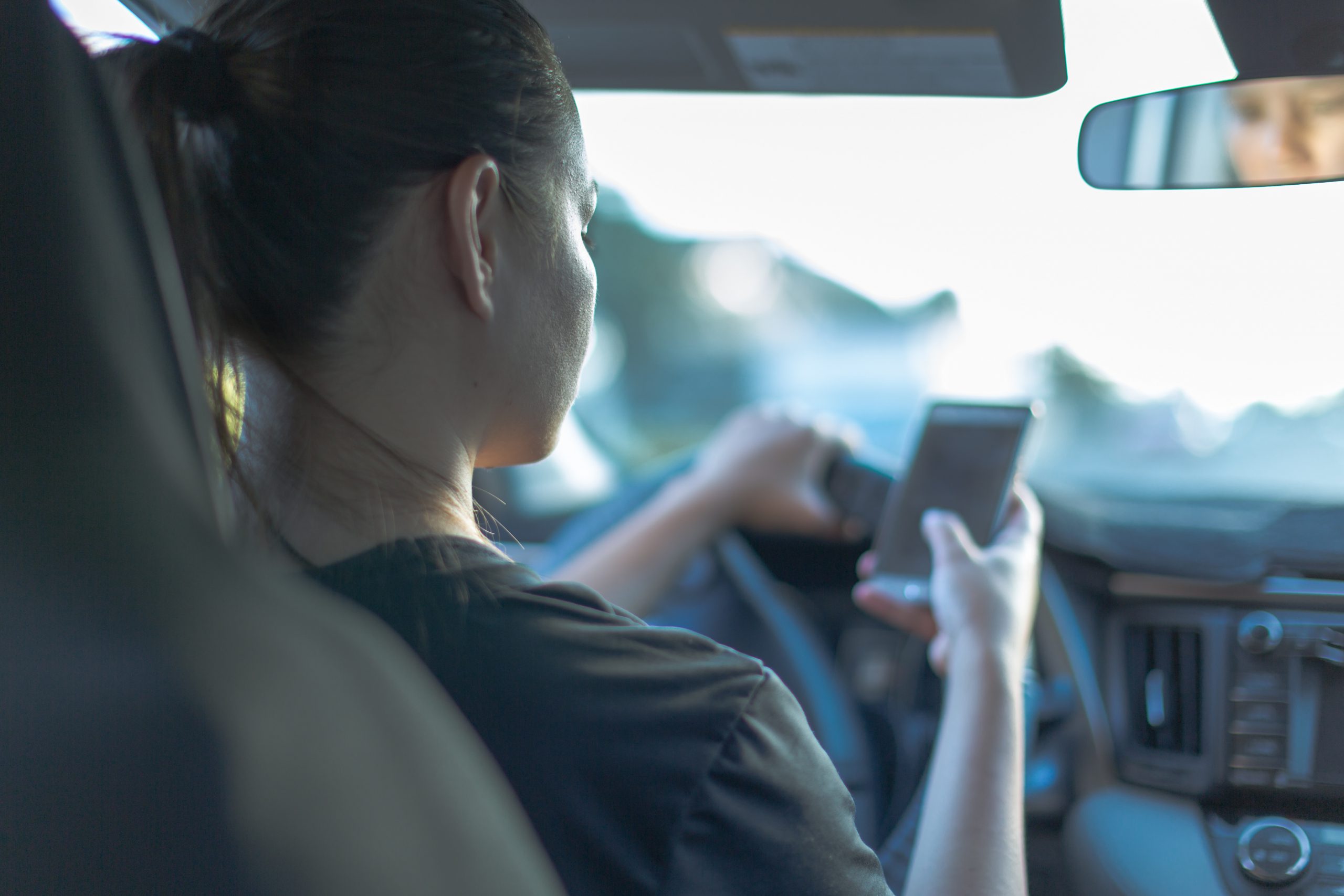
Drivers need to be aware of their surroundings at all times, even if they have the right of way. You have to look out for pedestrians, oncoming traffic and even vehicles next to you. A good mantra to follow is “you can never be too careful”.
Some common situations that you should be particularly cautious are:
- When turning from a slip road
- Turning at an intersection
- When passing a pedestrian crossing
You should take your time to ensure that everyone on the road is safe. When in school areas, do keep a lookout for anyone who may dash across the road. You may be following the traffic rules and speed limits, but being extra cautious can save a life.
When making a turn at a junction or T-junction, always remember to look right, then left, then right again and before you turn. It takes only a short moment to check and ensure the safety of any pedestrians who are crossing.
That being said, always be on the lookout whenever you’re in the driver’s seat – that means no distractions like your phone!
2. Failing to Have Proper Control
You may think that you are always in control of your car, but you should never be overconfident. Losing control of your car is the second most common reasons for accidents, so this is something you shouldn’t overlook.
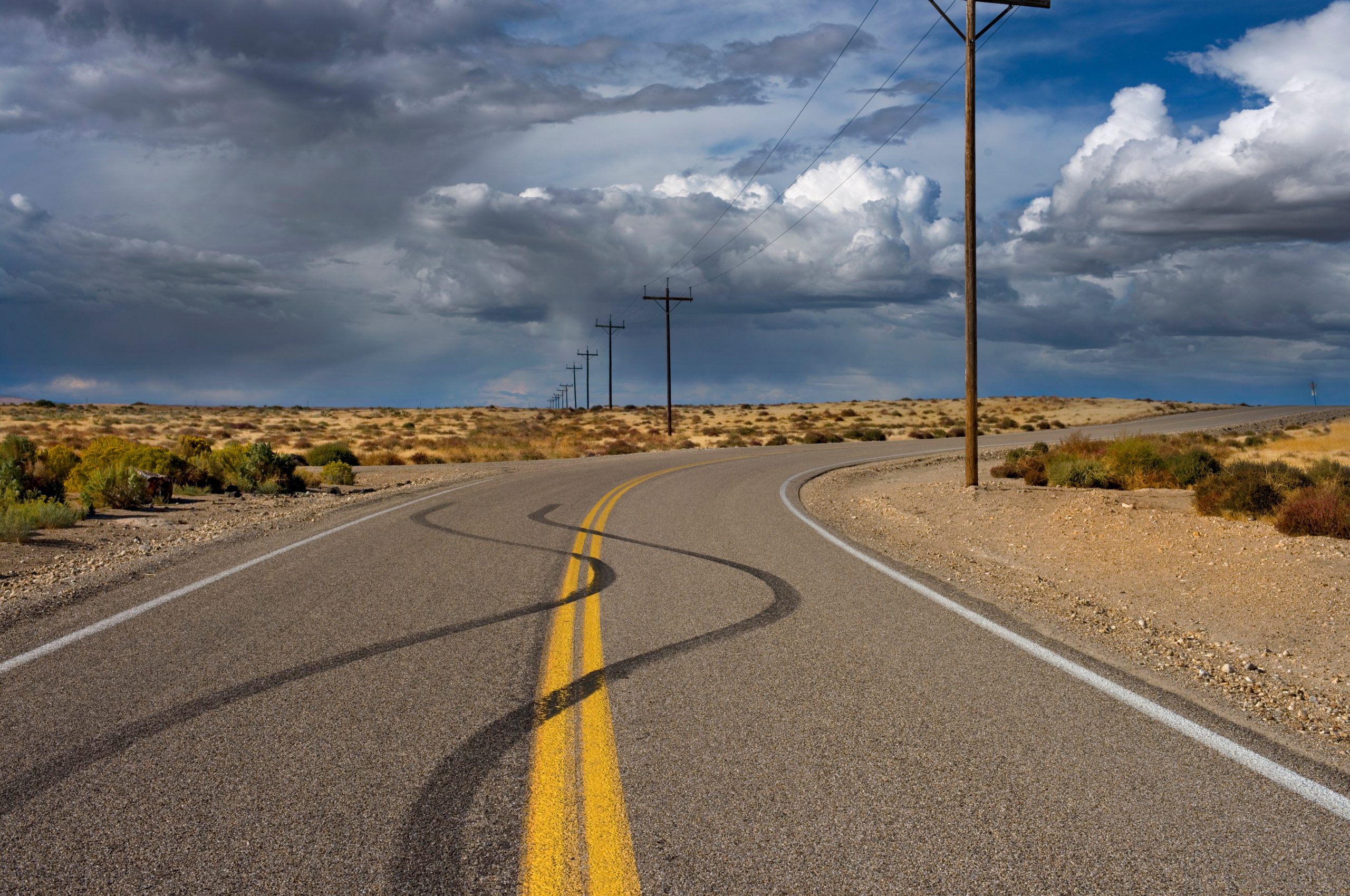
When it’s raining, always remember that the road conditions are drastically different. Wet conditions should alter the way you drive. You should be driving slower because visibility is reduced due to rain on your windscreen. Driving fast in wet conditions can easily cost you to lose control of your vehicle.
More importantly, driving slowly reduces the risk of aquaplaning. Aquaplaning occurs when there is water on the road. The water creeps between your tyre threads which reduces the grip of your car with the road. This can occur at speeds as low as 50km/h and is most critical at speeds of more than 85km/h.
Our advice to prevent aquaplaning is to ensure that your tyre tread depth is at least 3mm and check that your tyre pressure is at optimum levels. The treads on your tyre help to maintain grip and repel water away from the contact areas of the tyre. Correct tyre pressure has additional benefits too. For instance, it gives your car more grip, increases your tyre life and even saves fuel!
3. Failing to Give Way to Traffic with Right of Way
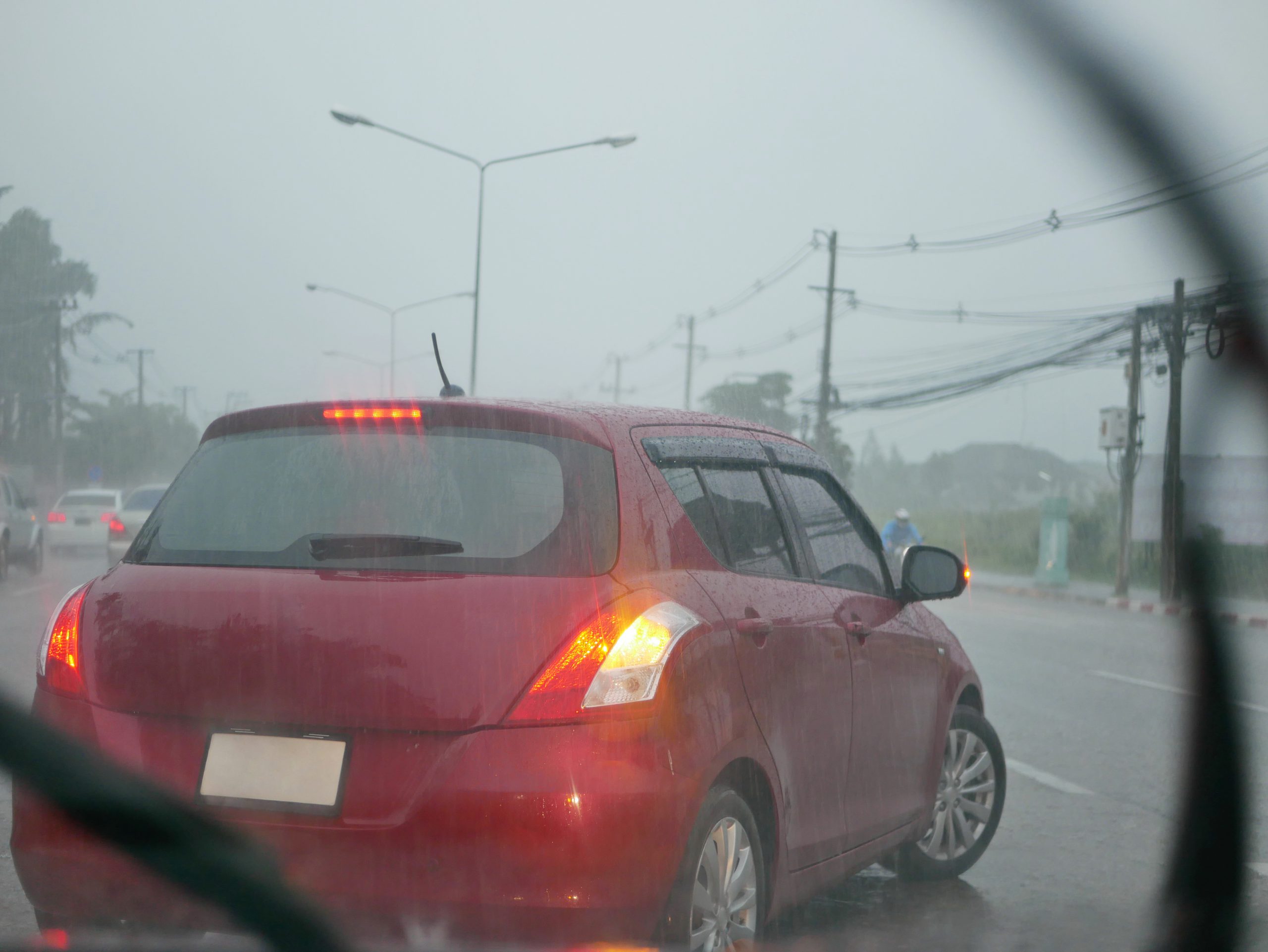
The question of who has the right of way always sparks debates. However, even though you may have the right of way, you should try and adopt safer driving habits to reduce your chances of getting into an accident.
When turning right at intersections, keep in the turn pocket until you are sure that there is no oncoming traffic and pedestrians crossing the road. If your view is obstructed, it is advisable to wait for the green arrow. Take a quick check for oncoming traffic even when the green arrow is on as there may be speeding cars that might not be able to stop in time.
Also, do keep a lookout for any road signs when driving in an unfamiliar area. If you are using a GPS, it’s a good idea to turn on voice commands so that you can keep your eyes on the road.
4. Disobeying Traffic Light Signals Resulting in Accidents with Vehicle
You’re running late, you see the lights turn from green to amber, so you speed up to catch it before it turns red. Sounds familiar?
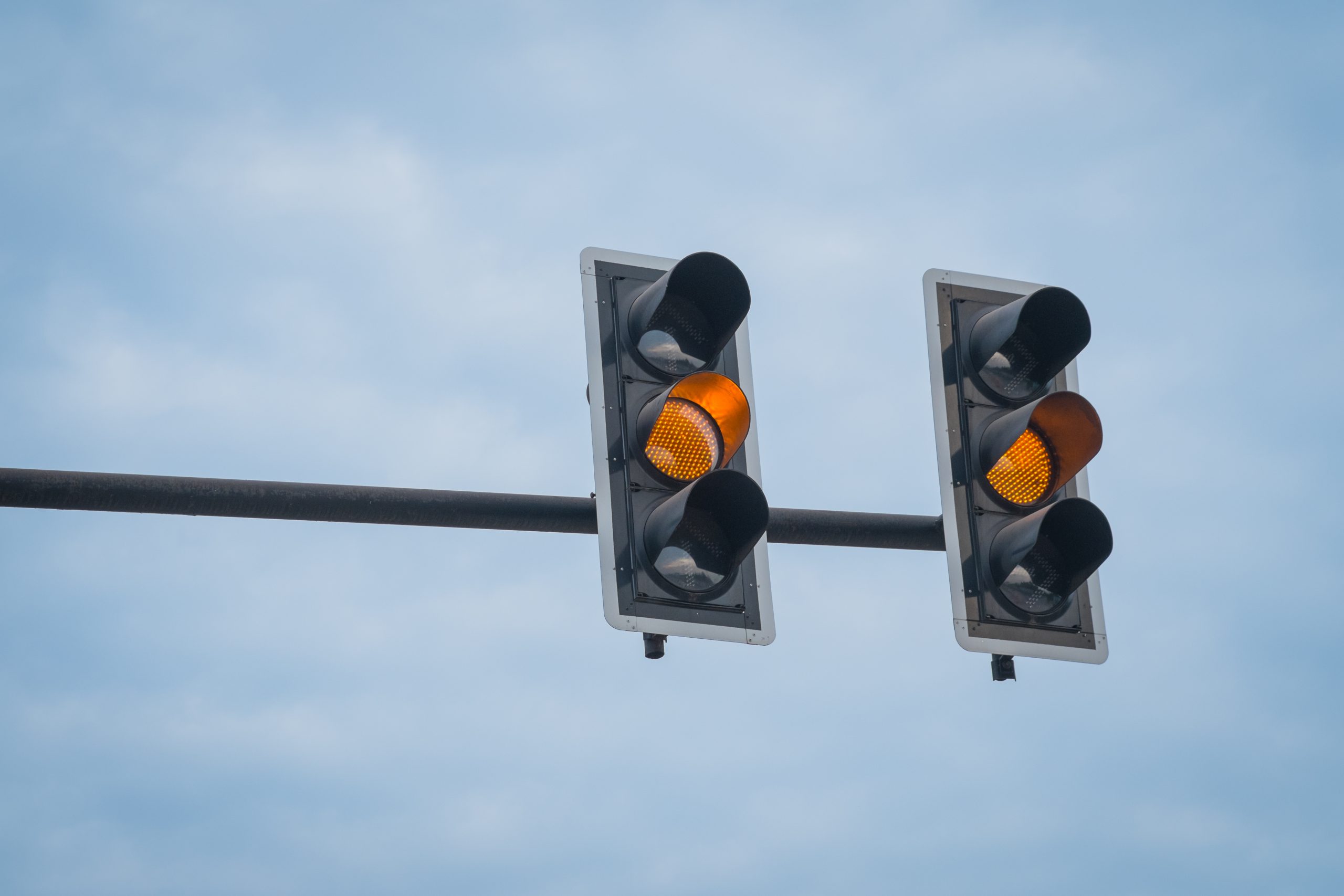
If you ever face this situation, you should be slowing down instead. Always slow down slightly before passing intersections in case the traffic light changes. This gives you time to react to the traffic light and any vehicle that comes into your way.
By doing this, you are also reducing your chances of potentially getting caught by the red light camera. Don’t forget, the consequences of beating a red light are 12 demerit points and $400!
A good rule to follow is to try and stop when you see the amber light if you’re driving and the traffic light turns amber, try to stop if you’re at the third arrow or further.
5. Changing Lanes Without Due Care
Stuck behind a slow driver in front of you? Feel like overtaking? Don’t just put on your turn signal and change lanes…
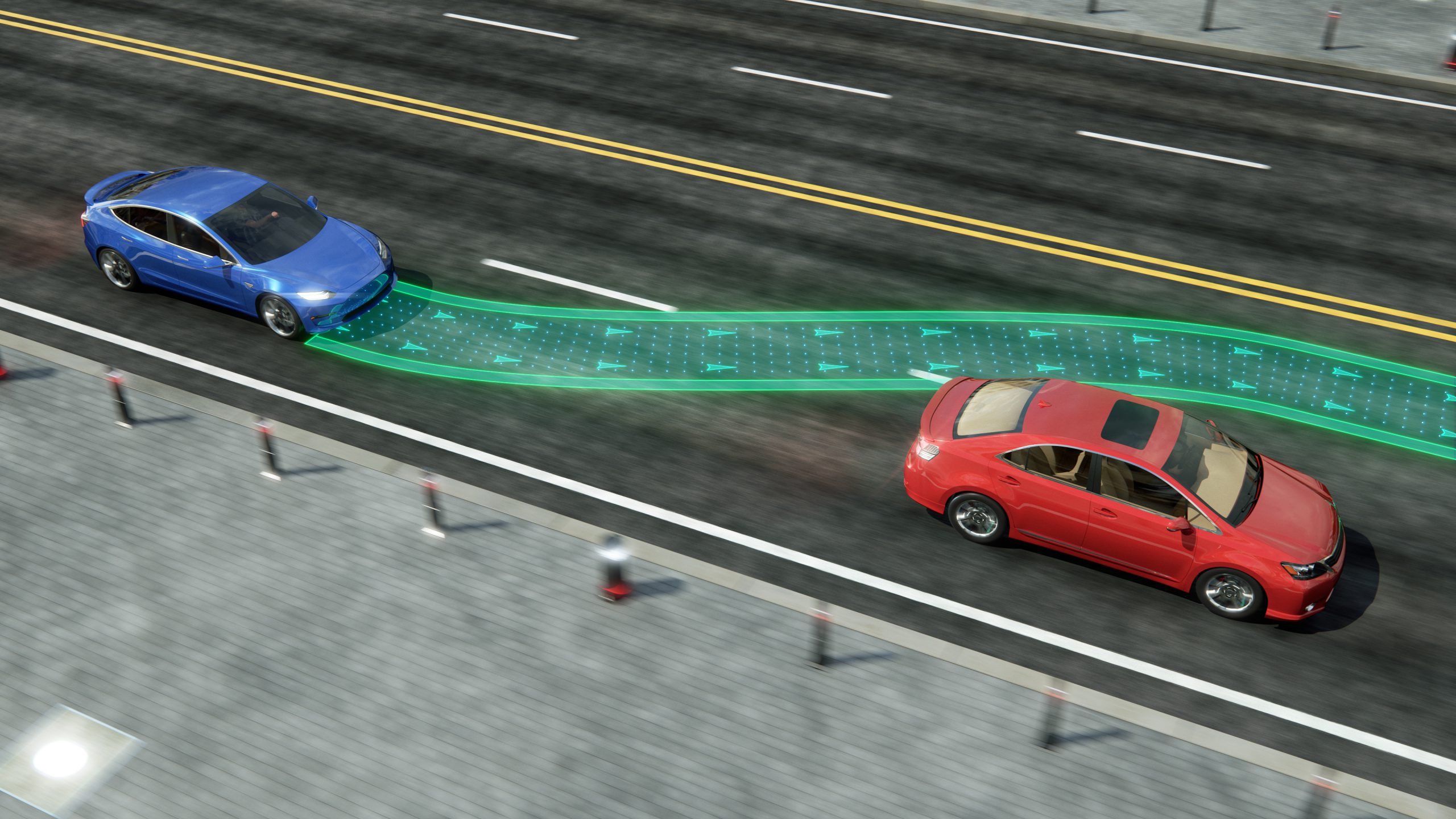
First and foremost, signal early! This tells any vehicles behind you to be wary and allows them time to give way to you.
Next, you should check your side mirrors, rear mirrors and blind spots. Only proceed when the lane is clear of traffic before gradually changing lanes. Once you have successfully changed lanes, don’t forget to turn your signal off.
Remember to plan your routes ahead of time so that you do not need to abruptly change lanes. If you find yourself barely missing your exit, do not try and dangerously swerve into the exit. You can always take the next exit and navigate back.
So I met with an accident. Now what?
If you ever find yourself in this unfortunate scenario, remember to stay calm and do these 3 things!
Ultimately, the responsibility for safe driving lies in the hands of drivers. Always think twice and be extra careful in checking the road conditions before stepping on the accelerator!
People also liked: 19 SPOTS WITH FREE PARKING YOU DIDN’T KNOW ABOUT PREMIUM PETROL VS REGULAR PETROL: WHAT’S THE DIFFERENCE? 4 WAYS CAR SUBSCRIPTION IS BETTER THAN CAR OWNERSHIP



